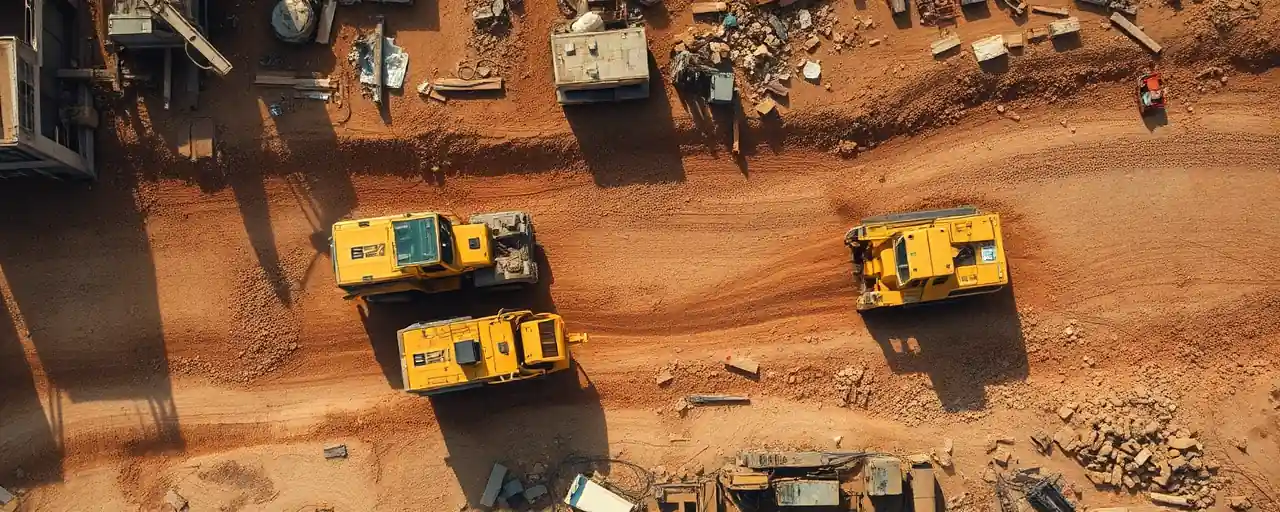A Road to Results
Central Florida drivers felt the relief when six miles of new I-4 lanes opened eight months ahead of schedule. This isn’t just asphalt and concrete; it’s a lifeline for commuters, businesses, and families stuck in gridlock. Governor Ron DeSantis promised to unclog Florida’s arteries, and his Moving Florida Forward initiative is delivering with precision. While other states drown in red tape, Florida is paving the way—literally—for a future where roads keep up with growth.
This isn’t a fluke. DeSantis has poured $75 billion into infrastructure since 2019, with nearly 700 projects humming across the state. The I-4 expansion stands out as a triumph of vision over bureaucracy. By prioritizing speed, safety, and connectivity, Florida is rewriting the playbook on how to build in a booming economy. Critics might scoff, claiming it’s just political showboating, but try telling that to the driver who shaves 20 minutes off their commute.
Innovation Over Inertia
What makes this project a game-changer? It’s the Modified Phased Design-Build method—a mouthful, sure, but a masterstroke in execution. Instead of the usual slog where design and construction teams bicker, Florida’s approach brings them together early, hammering out solutions before a single bulldozer rolls. The result? Projects that would’ve dragged into the 2040s are wrapping up now. I-4’s new lanes, express routes, and upgraded interchanges aren’t just open; they’re built to last, with safety features to cut crashes and keep traffic flowing.
Compare that to the federal model, where projects languish under endless reviews and bloated budgets. Florida’s method isn’t just faster; it’s smarter, saving taxpayers’ dollars while delivering results. Some argue this rush sacrifices quality, pointing to construction disruptions as proof. Yet the data tells a different story: early lane openings have already eased bottlenecks, and full corridor upgrades are on track to handle 40,000 more vehicles daily. That’s not a shortcut; it’s a leap forward.
Fueling Florida’s Economy
Better roads mean a better economy, and Florida’s betting big on it. The I-4 corridor links Tampa to Orlando, a stretch that’s not just a highway but a backbone for tourism, trade, and tech. Faster commutes translate to more time for workers, lower costs for truckers, and bigger profits for businesses. Studies back this up: every dollar spent on infrastructure can juice GDP and spark job growth. Florida’s investments are already paying off, with new businesses flocking to Polk and Osceola Counties, where the Poinciana Connector will soon tie I-4 to other key routes.
Contrast that with states bogged down by indecision or obsessed with flashy transit schemes that never materialize. High-speed rail sounds nice until you see the price tag and empty platforms. Florida’s focus on roads—real, tangible infrastructure—prioritizes what people actually use. Detractors claim it ignores urban transit needs, but they miss the point: reliable highways benefit everyone, from bus riders to delivery drivers, by cutting delays across the board.
A National Blueprint
Florida’s success isn’t just a local win; it’s a rebuke to the status quo. While Washington dithers on infrastructure, DeSantis and his team are showing how it’s done. The Moving Florida Forward initiative, with its $4 billion war chest, is tackling I-75, I-275, and beyond, using the same playbook that made I-4 a standout. Other states are taking notes—South Carolina and Texas are dabbling in similar methods—but Florida’s scale and speed set the pace. This is what happens when leaders value results over headlines.
Yet the work’s not done. Population growth keeps pushing Florida’s roads to the limit, and every new lane is a race against time. Some warn about environmental costs or question the focus on highways over rail. Fair points, but they crumble against reality: roads drive Florida’s economy, and delaying them only chokes growth. DeSantis’ approach proves you can build fast, build well, and still plan for the future—like the Poinciana Connector, set to break ground years early.
